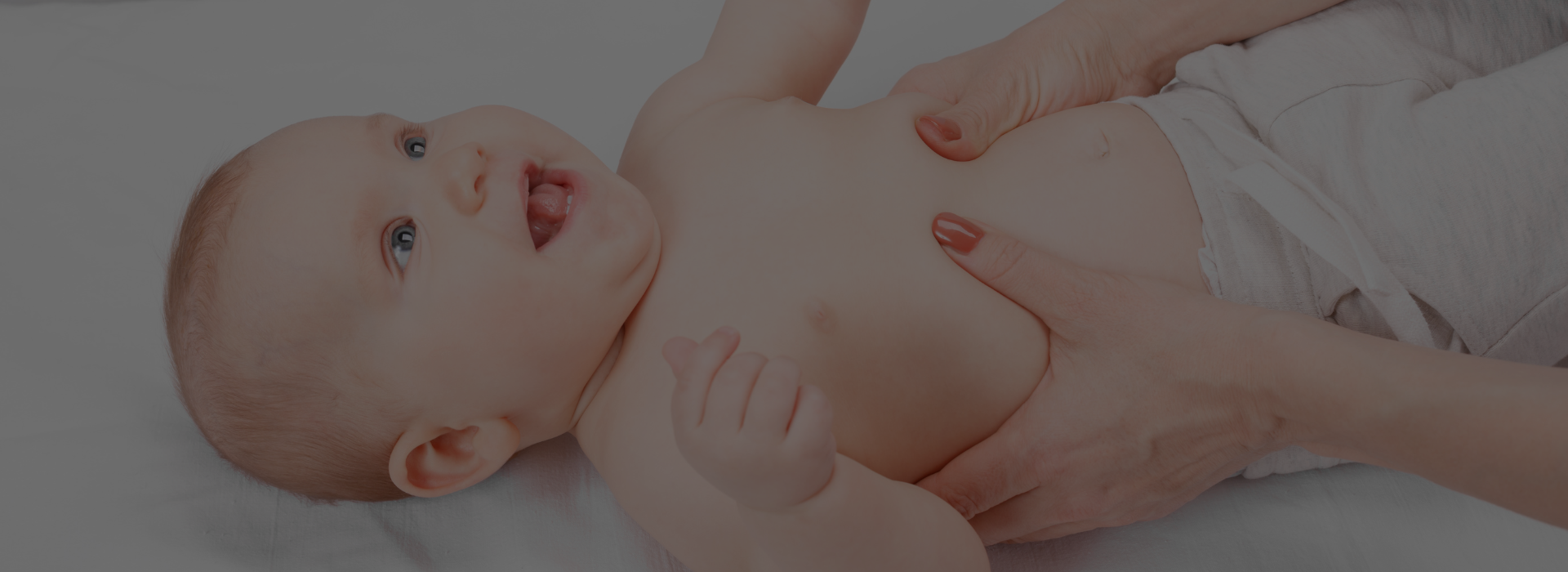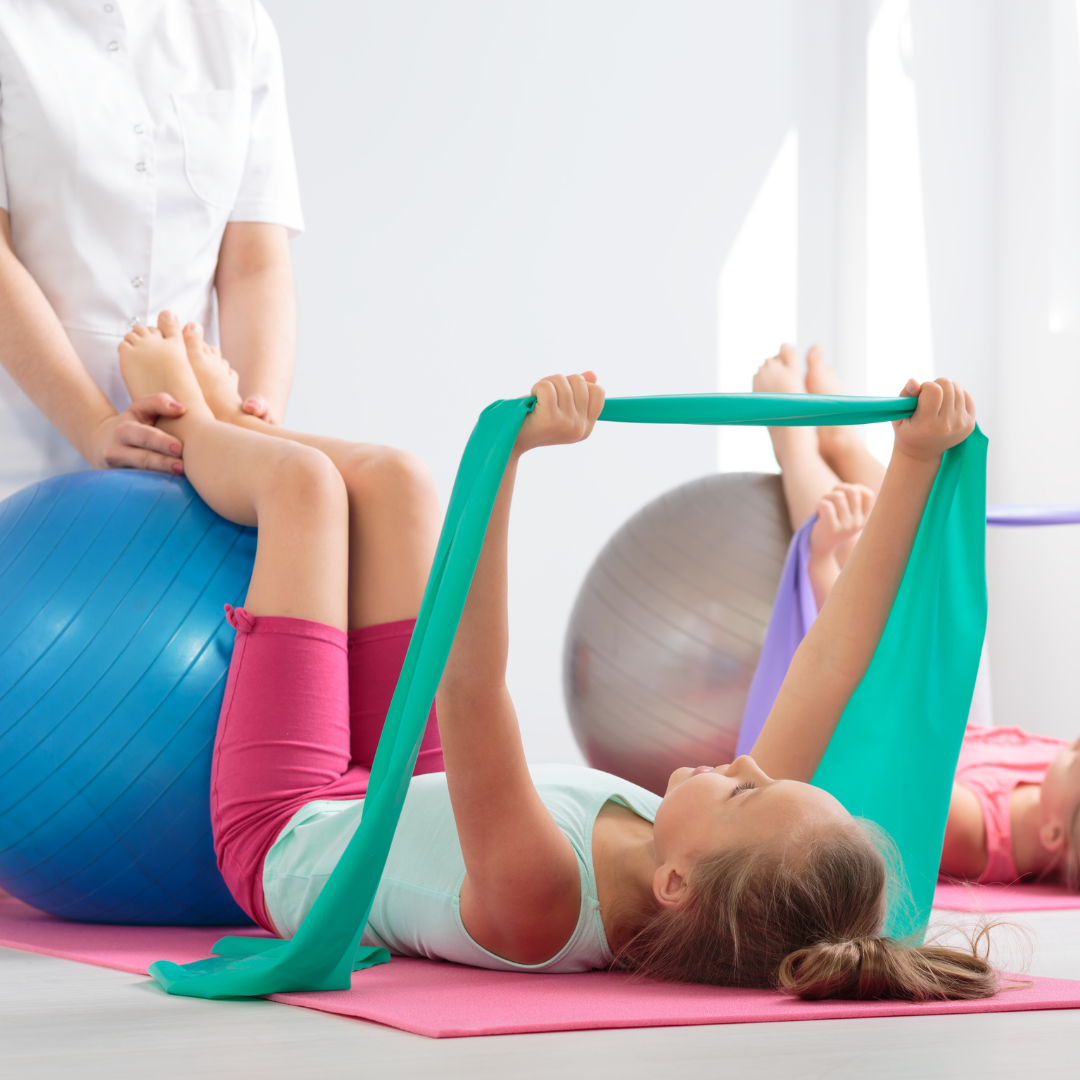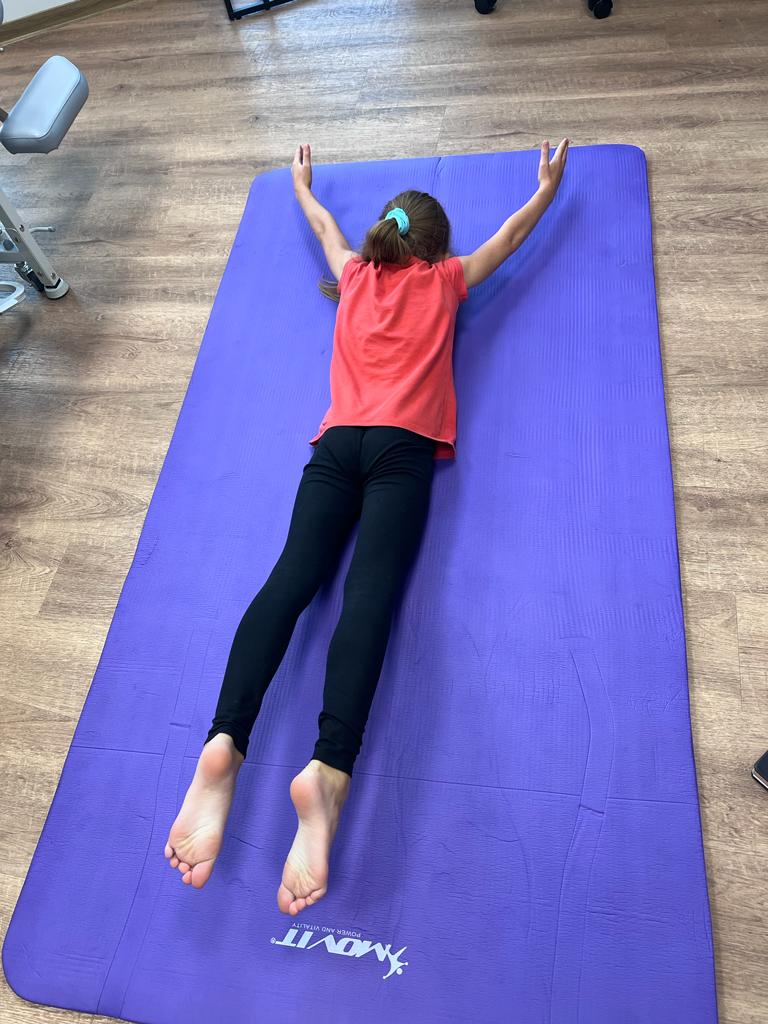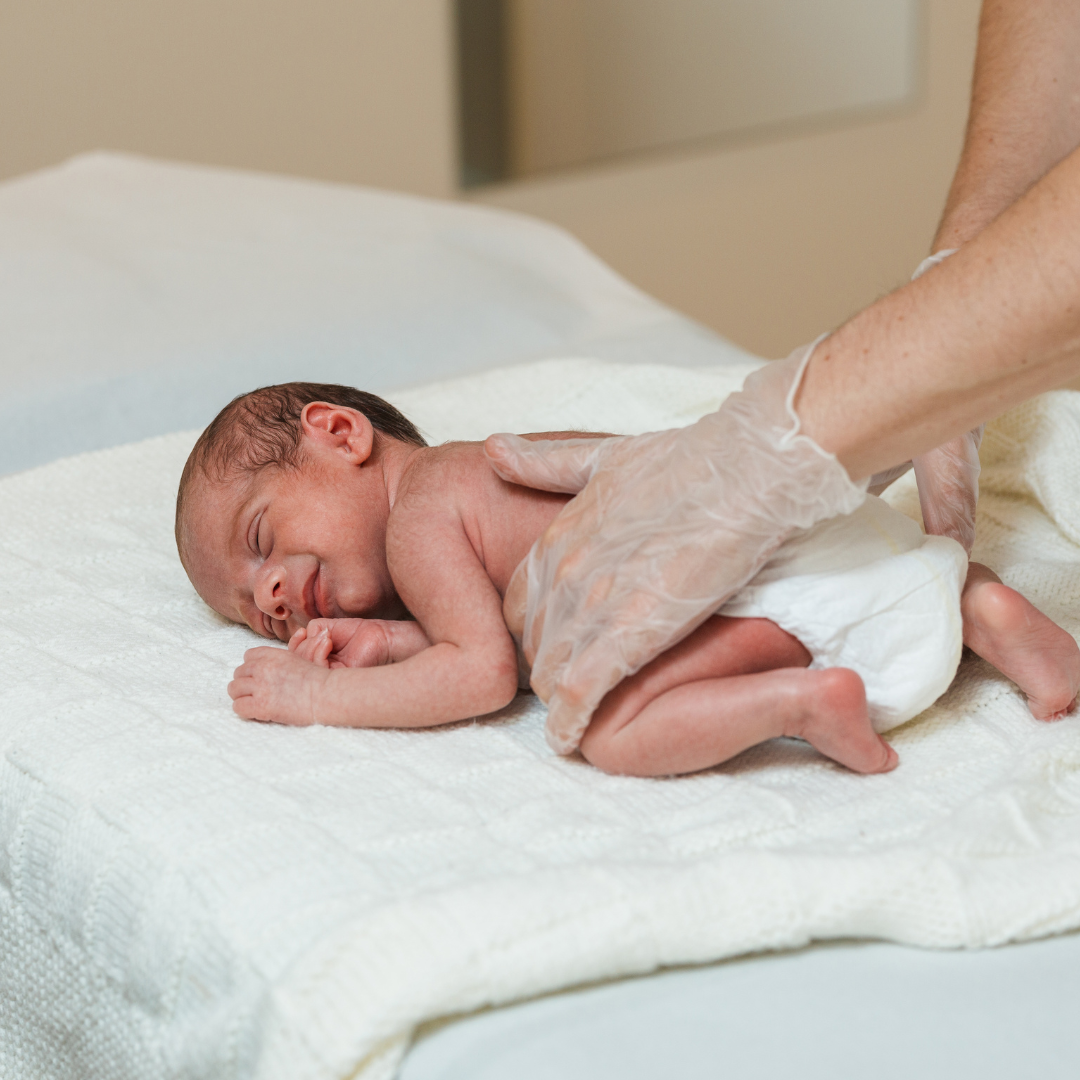
The first year of a child's life is a period in which significant developmental changes take place. Therefore, parents should observe very carefully whether their child is developing correctly. Early recognition and understanding of possible disturbances in the child's psychomotor development are crucial, allowing therapy to be started at the right time. Early intervention has to do with the plasticity of the brain, meaning that neurons can still change their connections, and this translates into the brain's ability to learn and adapt to change.
On average, every second child in Poland has problems with postural defects, and the first symptoms of ailments appear as early as several years after birth. The key and most commonly used form of rehabilitation for children is kinesitherapy. It is based mainly on treatment through movement. Thanks to a specialist who appropriately selects exercises, the child can increase strength and muscular endurance. In addition, it maintains or restores the range of mobility of individual joints, promotes coordination and balance and improves the child's breathing ability.
It is a natural fact that children experience injuries, such as fractures, sprains or sports injuries. They then require rehabilitation to return to full function. Rehabilitation after a child's hand fracture depends on many factors, such as the child's age, the type of fracture, its location and the severity of the injury. However, there are some general rehabilitation approaches that can help you return to full function. Each case is unique, so our physiotherapists take special care to tailor rehabilitation to the smallest patients.
Epilepsy is a neurological condition that requires the specialist care of a neurologist. Treatment of epilepsy usually includes pharmacotherapy, antiepileptic therapies and, in some cases, surgical or other advanced treatment interventions. However, paediatric physiotherapy can be used as a complementary therapy, especially in cases where epilepsy has led to certain medical or neurological problems, such as movement disorders or muscle spasticity. Physiotherapists help to improve motor skills, coordination, balance and improve the child's wellbeing.
Clubfoot is a congenital foot defect characterised by a "C" shaped curvature of the foot. Although in many cases this foot deformity can be cured or corrected, it all depends on its severity, the age of the patient and individual factors. For infants and young children who show signs of clubfoot, paediatric physiotherapy is often used to improve foot position and muscle and ligament development. Exercises and manual therapy can help to strengthen the muscles in the feet and to maintain their correct position when walking. As your child grows and is able to learn to walk, our specialists adapt the therapy to make their gait pattern as correct as possible.
Paediatric physiotherapy is not only a professional treatment, but also a means of emotional support for both children and their parents. During the course of therapy, cooperation and communication with parents plays a major role, as it helps to achieve the intended therapeutic goals. Within physiotherapy, therapists not only work to improve children's physical health, but also try to create a supportive and encouraging environment. It is important that children feel comfortable and safe during therapy, which affects the effectiveness of treatment.



